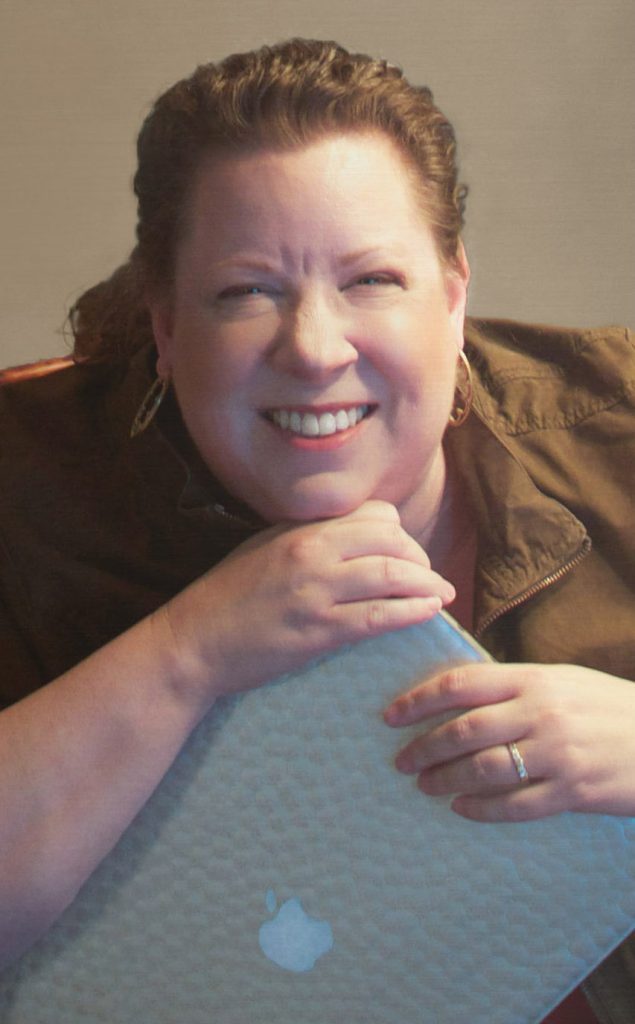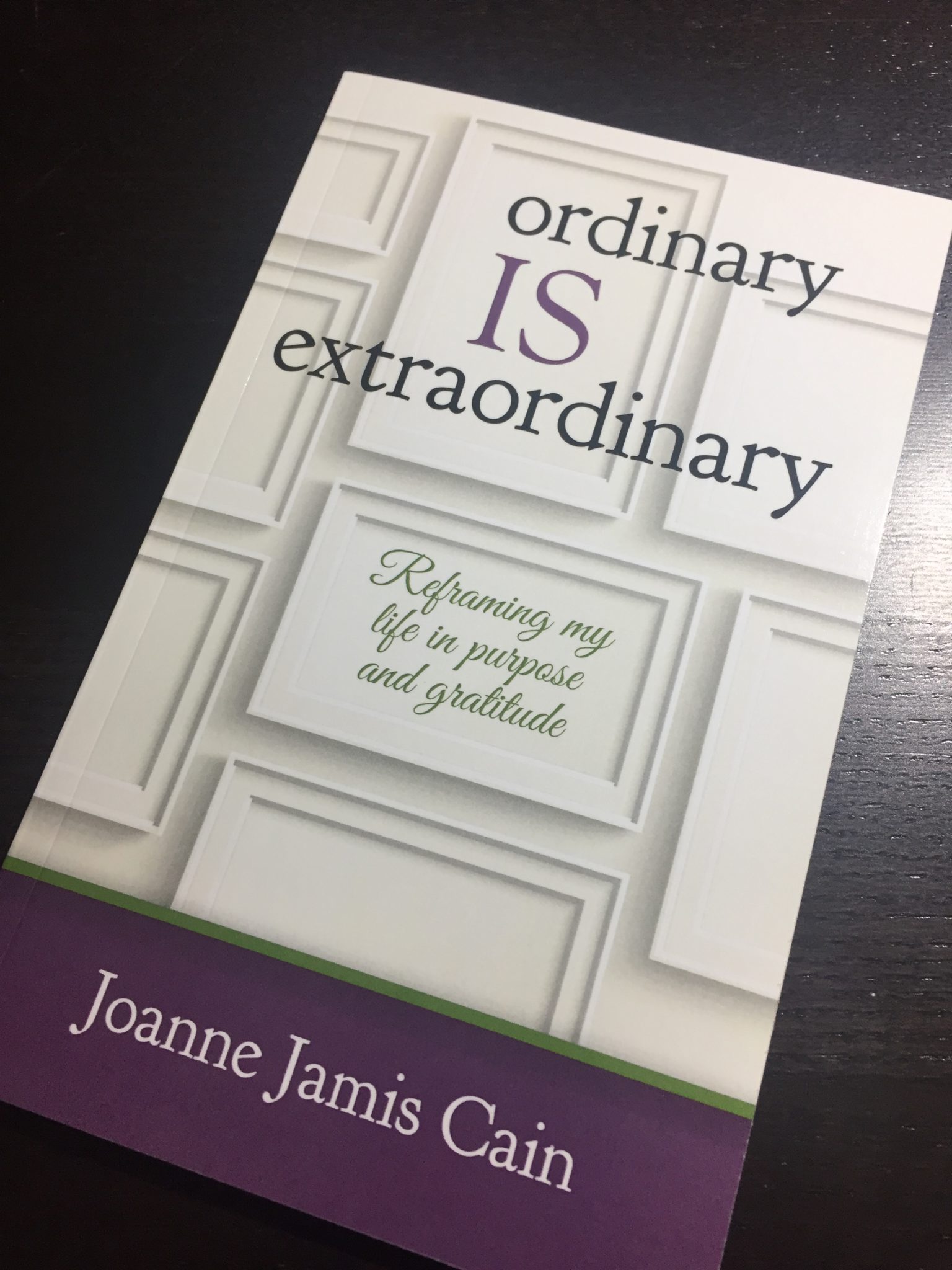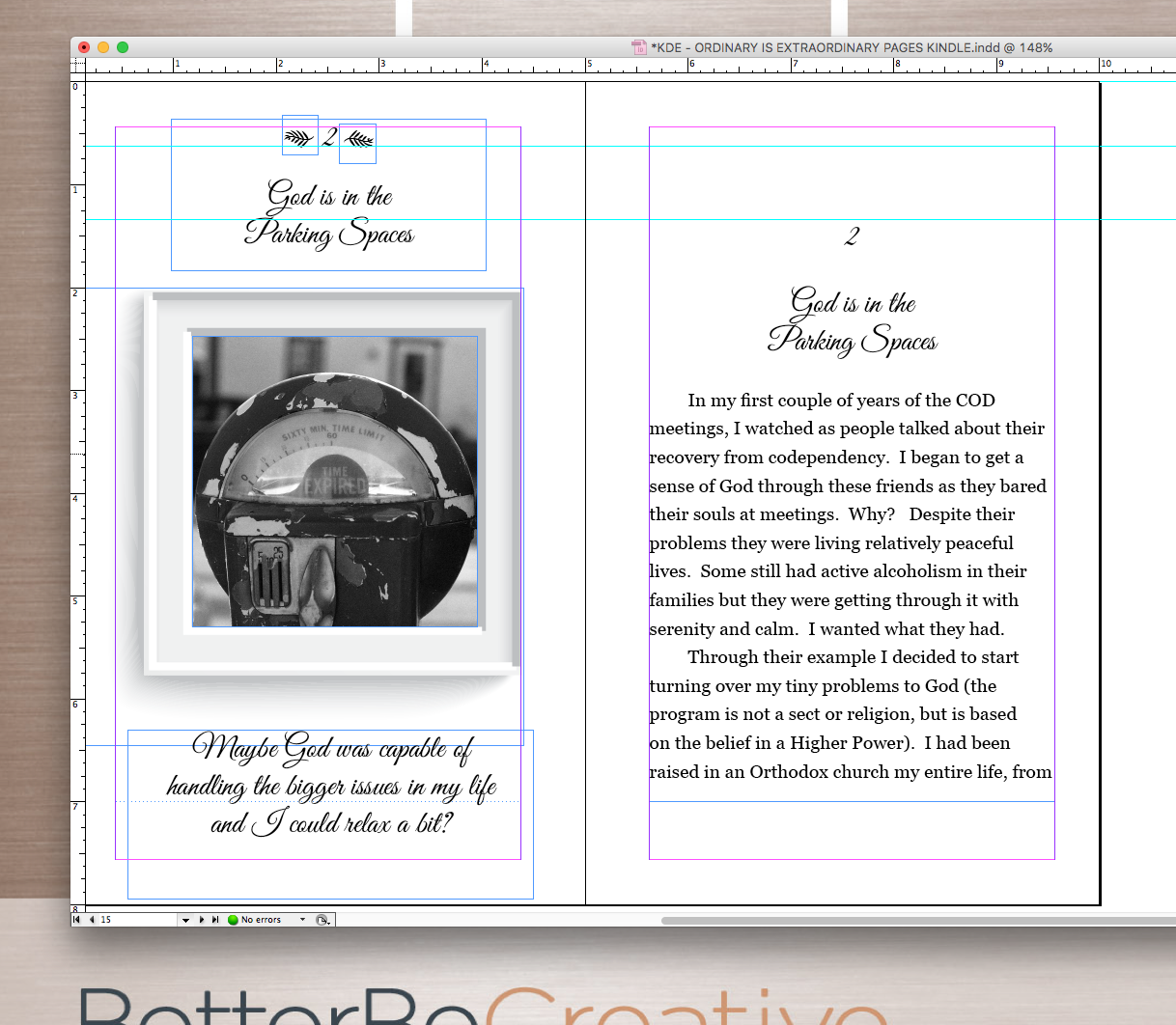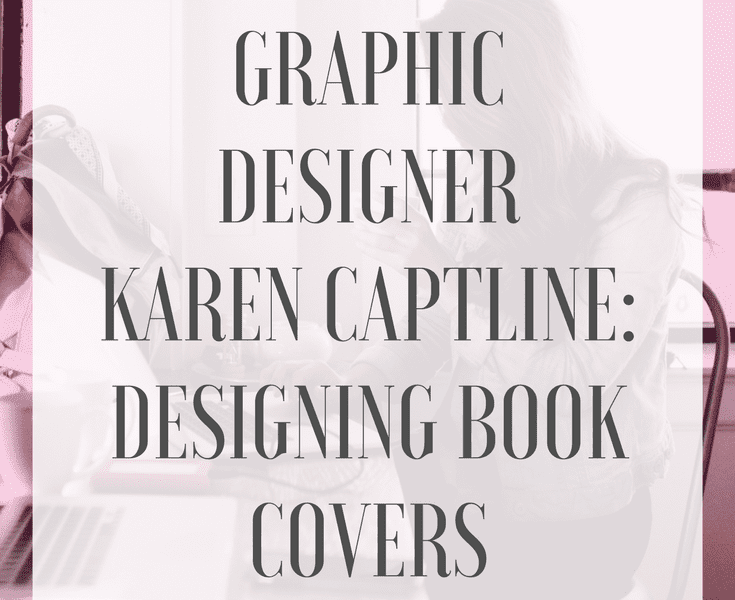Writers typically know what to do for the inside of the book, but when we self-publish, what to do for the outside of the book can sometimes be a mystery . . . no matter the genre. So I asked Pittsburgh-area graphic designer Karen Captline some of the big questions authors may have about designing a book cover and working with a designer.
To convey to readers what the book is about, Karen said that any designer will follow the basic rules of graphic design. The field focuses on “conveying a message by using the correct fonts, words, and colors in a compelling way. Designers have a goal of creating a lot of curiosity about the book.” They want readers to want to buy this book and read it, so the visual appeal has to be there.
Some writers may feel a lot of pressure when they start thinking about a cover, but Karen said that you don’t have to have an idea when you approach the designer. If you do have an idea, be flexible with it. “The idea could be a great stepping stone for the project, but remember that you are hiring the designer for a reason: they bring their design skills to solve your problem. A good designer will strive to find a happy medium between what you have in mind and what they bring to the table.”
When you’re ready to work with a designer, be prepared with some information for them to work from. Show them a good summary of the book—Hey! You have to write that for the back cover anyway!—and answer the designer’s questions about the heart of the book. Karen said that she usually asks questions like “Why did you write this book?” and “What was your inspiration?” She also reads the books she creates covers for because it gives her more information so she can produce her best work; however, not all designers do that.

Authors also need to let the designer know the dimensions of the cover, requirements for the specific publishing platform, any templates required by the publisher, and other pertinent information. Karen suggested that the designer could also speak with the publisher for this information because, basically, this is a different language that many authors don’t speak. Connecting the designer directly with the publisher can alleviate frustration for the author and prevent miscommunication.
I spoke with Karen about her personal process when working with an author client, which she refers to as “informal therapy.” She conducts a free-flowing discussion about the project that will “reveal the solutions that you didn’t know were there.” Authors may have a preconceived notion of what to use, but Karen likes to dig deeper to determine what will work best for the goals of the project. When designing, she provides one concept, the one she recommends, because too many options can be overwhelming. Then, the author’s feedback leads her to the next step.



Because Karen is a branding maven, I wanted to discuss author brands with her, as well. I was curious about how we should approach branding and cover design, especially because most authors are new to branding when they first write their books. Karen said that if you have an established brand, it should be incorporated into cover design, but if you don’t have one, this would be the best time to start talking about it. “Branding is more than just a logo—it involves knowing your target audience and what appeals to them. You want to establish a message and decide how you want to be perceived in the marketplace.” Your brand—and consequently, your book covers—need to be consistent in colors, font, etc. to distinguish you as an author, especially for a series.
When looking for a designer, an author should seek out those with “a strong portfolio. Someone who they connect with, takes a genuine interest in their project, and can convey what the book is about with a compelling message. It’s a job interview. You need to get a good feel for the person and what they are trying to do.” Many designers price per project based on the amount of detail needed for the cover, so discuss pricing on an individual basis.
Finally, Karen’s advice to any author ready to work with a designer: “Try to give as much info as possible, and be excited about the project. They are trying to get a feel for you and what will best express you and your project. If you’re an author, you are the brand. You want that to shine through. Develop a rapport with them, and that will give you the best result.”
Visit Karen’s portfolio at betterbecreative.com, and contact her through her contact link to discuss projects. Karen is multi-talented and can handle cover design and branding, as well as Create Space and Kindle formatting for authors or any visual marketing work you might need.


One Response
It’s really in the best interest of the author to be open-minded during this process. Maybe you had a vision of what the cover would look like as you were writing it, but the designer will come up with something entirely different, and most likely, better.